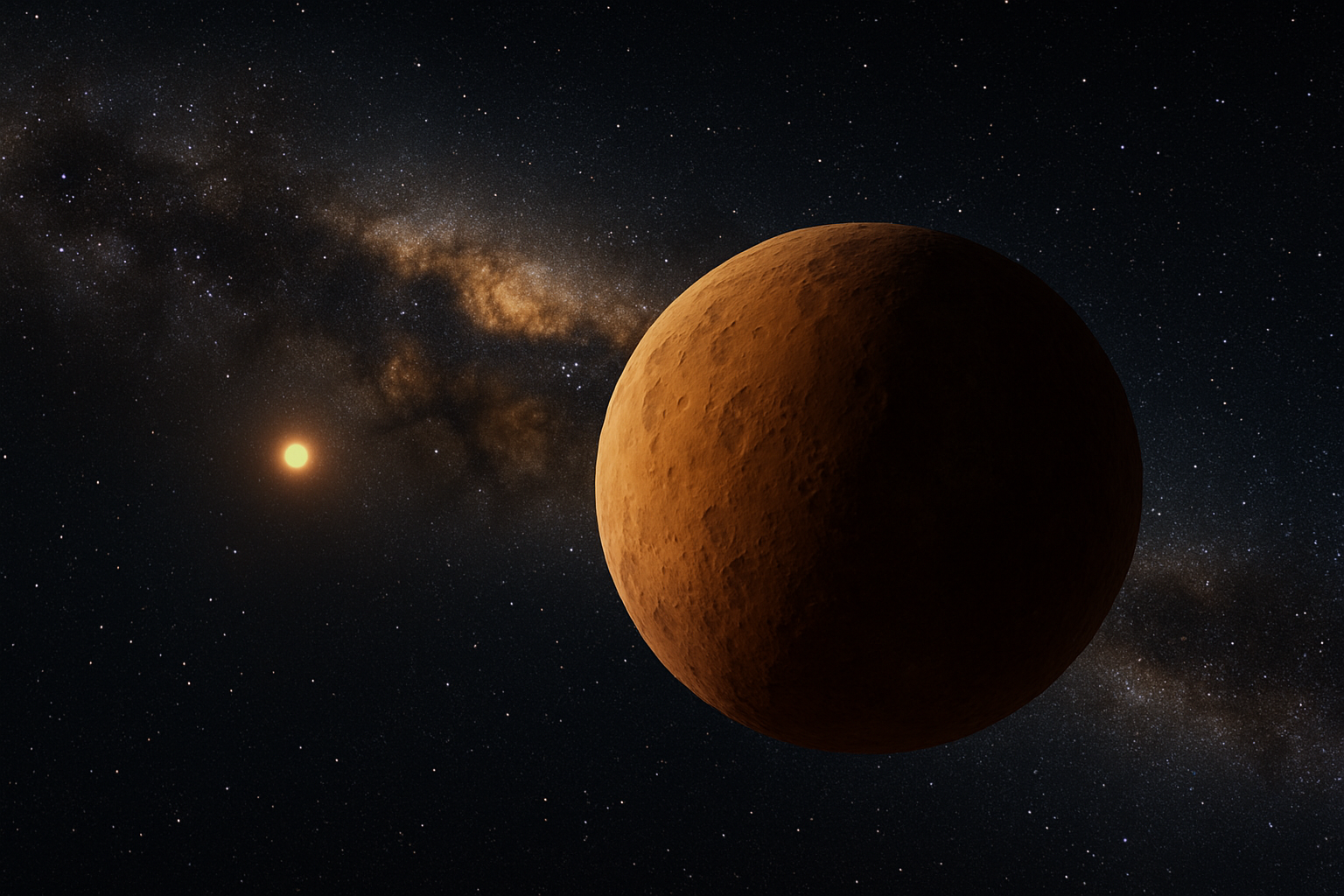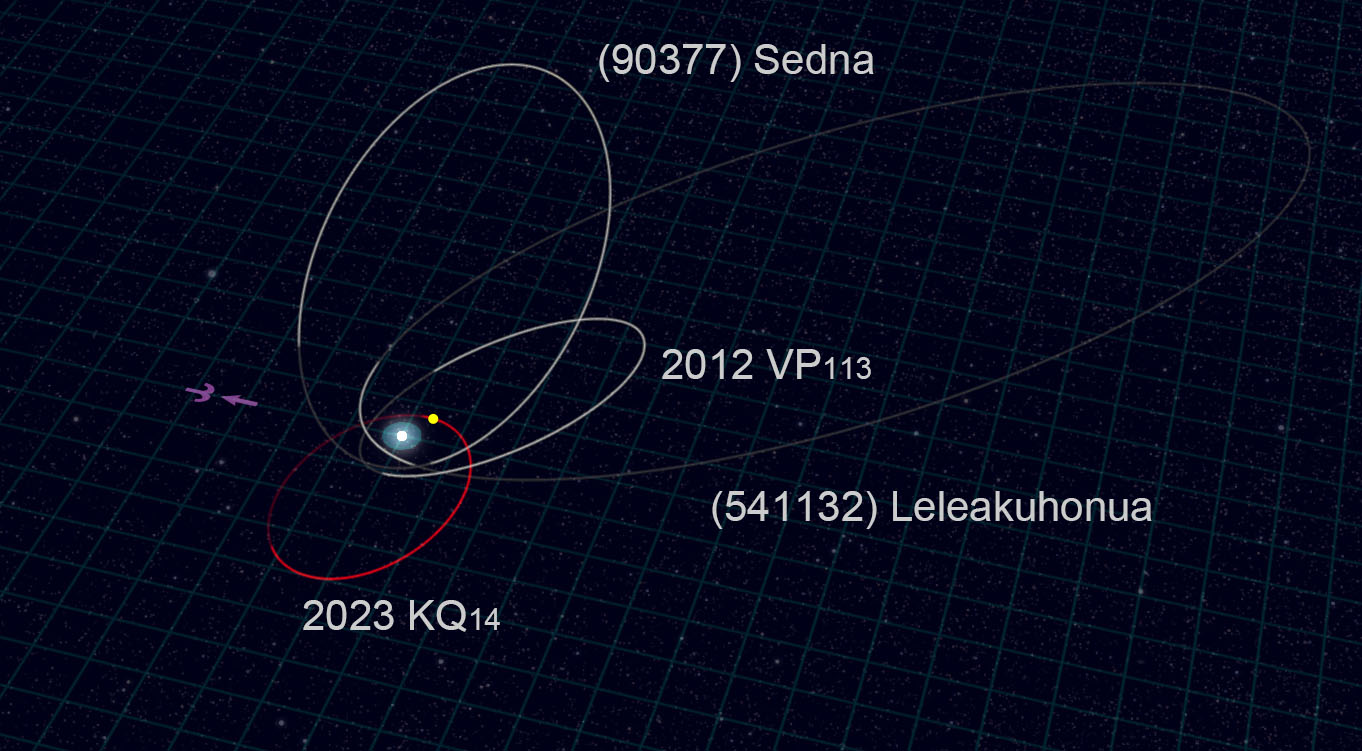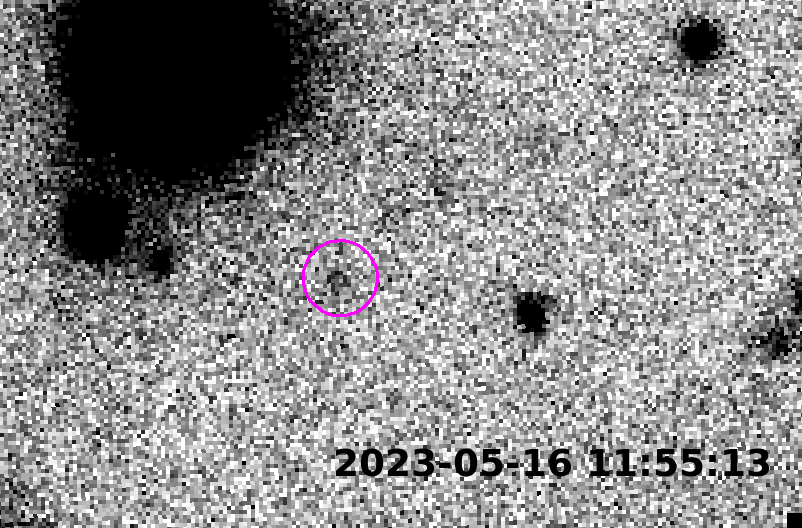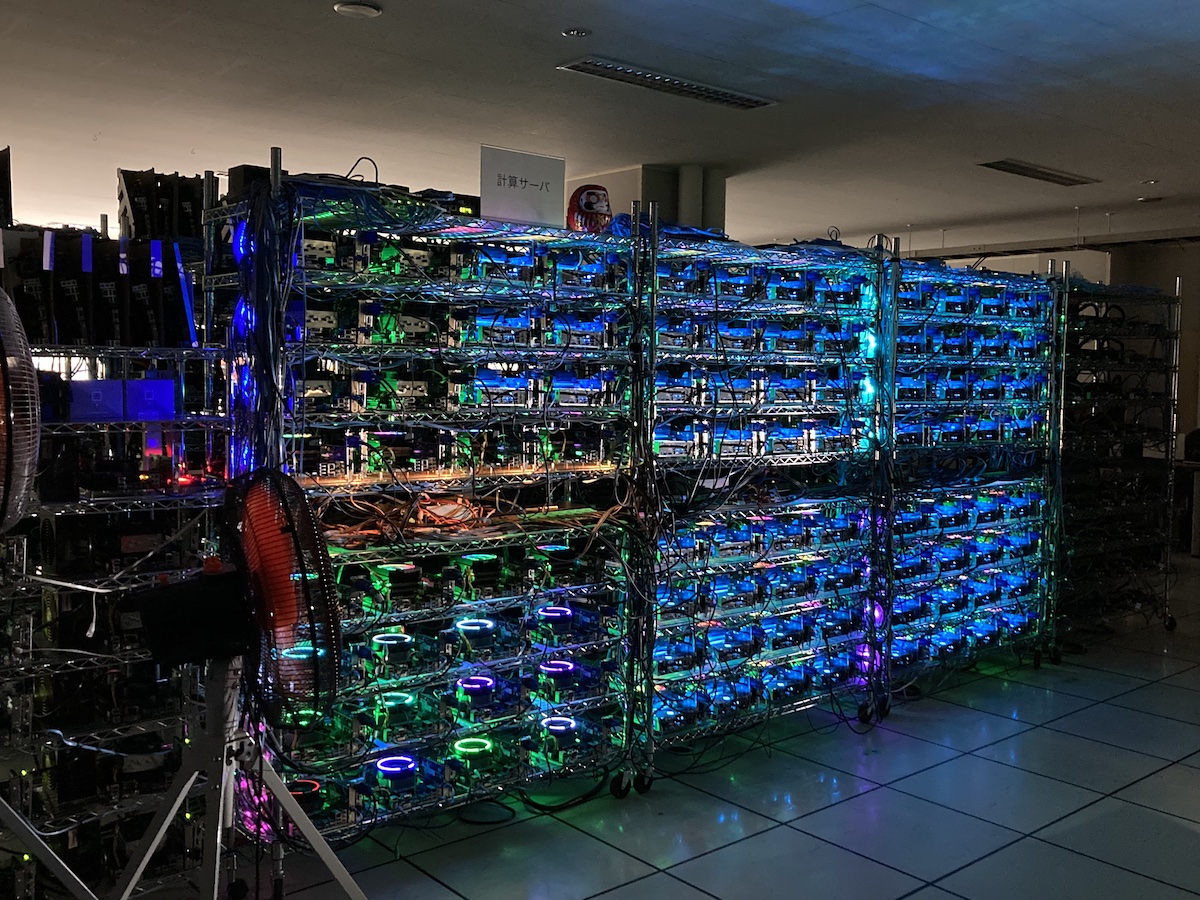Overview
The Subaru Telescope has revealed a fourth member of the sednoids, a group of small bodies with peculiar orbits around the outer edge of the Solar System that includes Sedna. The new object, officially designated 2023 KQ14, has been nicknamed "Ammonite" by the research team. Numerical simulations using computational resources including the PC Cluster of National Astronomical Observatory of Japan (NAOJ) indicate that it has maintained a stable orbit since the early stages of the Solar System's formation. Ammonite is expected to serve as a "fossil" preserving memories of the Solar System's infancy. It may provide clues to the existence of the hypothetical Planet Nine and the origins of the Solar System.

Download [PNG (2.28 MB)]
Details
Ammonite was discovered by the survey project "FOSSIL" (Formation of the Outer Solar System: An Icy Legacy), which uses the Subaru Telescope’s wide-field prime-focus camera, Hyper Suprime-Cam (HSC). FOSSIL was launched in 2020 by an international team led primarily by researchers from Japan and Taiwan to explore the icy worlds of the outer Solar System. FOSSIL aims to uncover the history of the Solar System from past to present by observing small bodies that retain traces of planetesimals formed when the Solar System was born. The name "FOSSIL" reflects the project's goal of uncovering the “fossils” of the Solar System.
"In recent years, spacecrafts have been sent to various small bodies in the Solar System for close observation and sample collection. However, these spacecrafts have only explored limited regions of the Solar System. Most of the vast Solar System remains unexplored. Wide-field observations with the Subaru Telescope are steadily pushing back the frontier," says Dr. Fumi Yoshida of the University of Occupational and Environmental Health and the Chiba Institute of Technology, who leads FOSSIL.
Ammonite was discovered in the observations conducted in March, May, and August, 2023 using the Subaru Telescope and HSC. Then follow-up observations in July 2024 with the Canada-France-Hawaii Telescope (CFHT) revealed its detailed orbit. By reviewing past images from data archives, Ammonite was also identified in DECam data from 2021 and 2014, taken with the Dark Energy Camera on the Blanco 4-meter telescope, as well as in images captured at the Kitt Peak National Observatory in 2005. These findings have enabled the compilation of 19 years of observational data, significantly improving the accuracy of Ammonite's orbit.

Download: [JPG (178.1 KB)]

Download: [JPG (420.28 KB)]
The FOSSIL team also conducted numerical simulations of Ammonite’s orbital evolution using computational resources including the PC Cluster operated by NAOJ. The results showed that Ammonite has maintained a stable orbit for at least 4.5 billion years. Although its current orbit differs from those of the other sednoids, the simulations indicate that around 4.2 billion years ago, their orbits were remarkably similar.
The fact that Ammonite currently follows an orbit different from the other sednoids suggests that the outer Solar System is more diverse and complex than previously thought. It also imposes new constraints on the hypothetical Planet Nine. The numerical simulations conducted in this study suggest that if Planet Nine exists, its orbit should lie even farther out than previously predicted. Furthermore, the existence of Planet Nine would also need to explain why Ammonite’s orbit does not cluster with those of the other sednoids.
Dr. Yukun Huang at the Center for Computational Astrophysics (CfCA) of NAOJ who conducted simulations of Ammonite’s orbit comments, "The fact that Ammonite’s current orbit does not align with those of the other three sednoids lowers the likelihood of the Planet Nine hypothesis. It is possible that a planet once existed in the Solar System but was later ejected, causing the unusual orbits we see today."
Regarding the significance of this discovery, Dr. Fumi Yoshida states, "Ammonite was found in a region far away where Neptune's gravity has little influence. The presence of objects with elongated orbits and large perihelion distances in this area implies that something extraordinary occurred during the ancient era when Ammonite formed. Understanding the orbital evolution and physical properties of these unique, distant objects is crucial for comprehending the full history of the Solar System. At present, the Subaru Telescope is among the few telescopes on Earth capable of making such discoveries. I would be happy if the FOSSIL team could make many more discoveries like this one and help draw a complete picture of the history of the Solar System."
These results appeared as Ying-Tung Chen et al. "Discovery and Dynamics of a Sedna-like Object with a Perihelion of 66 au" in Nature Astronomy on July 14, 2025. In addition to Dr. Huang, from CfCA, Takashi Ito also participated in this study, contributing to the planning of observations, conducting observations with the Subaru Telescope, and engaging in discussions during the writing of the paper.
Research Paper
Title: "Discovery and Dynamics of a Sedna-like Object with a Perihelion of 66 au"
Authors: Ying-Tung Chen et al.
Journal: Nature Astronomy
DOI: 10.1038/s41550-025-02595-7

